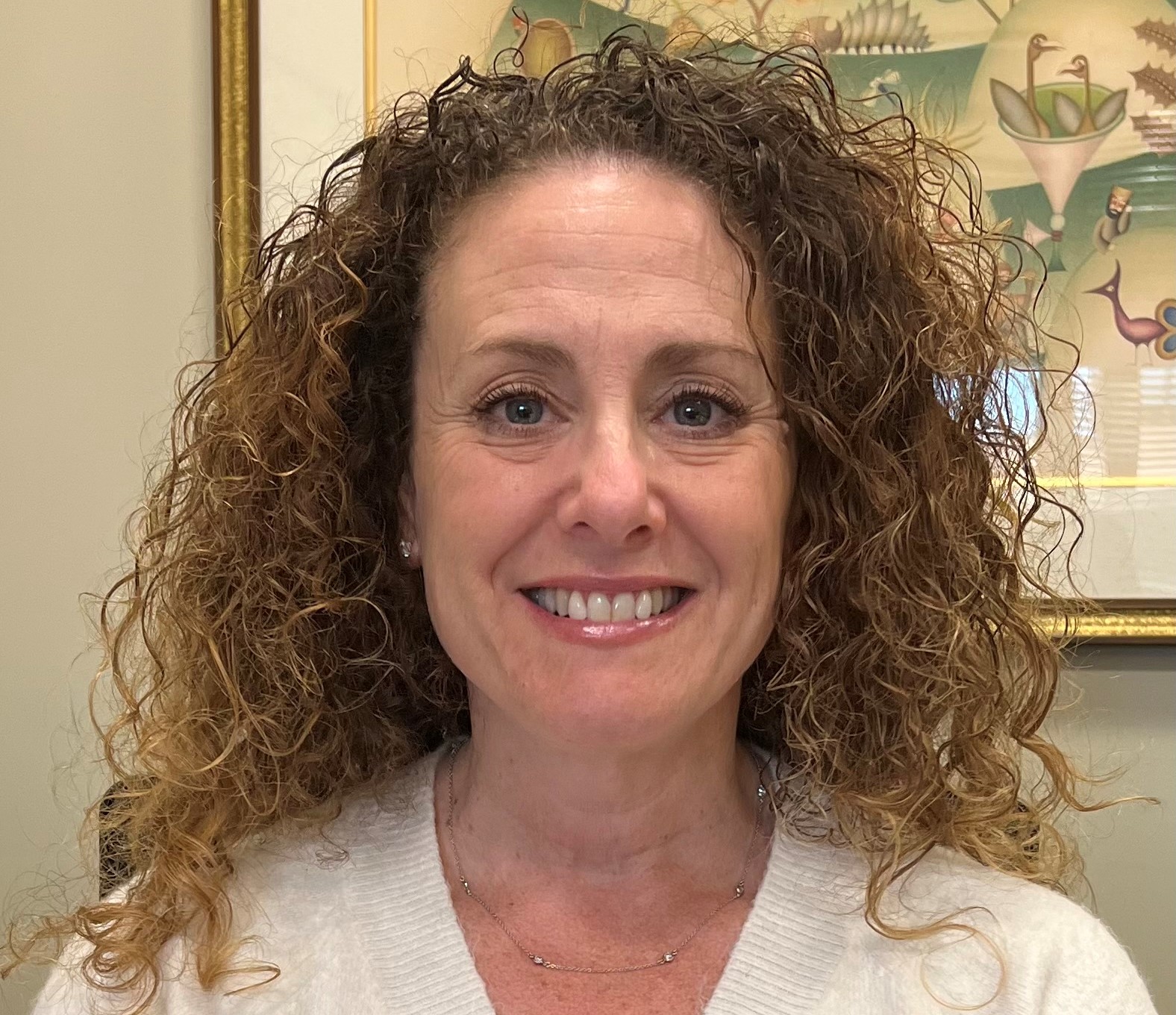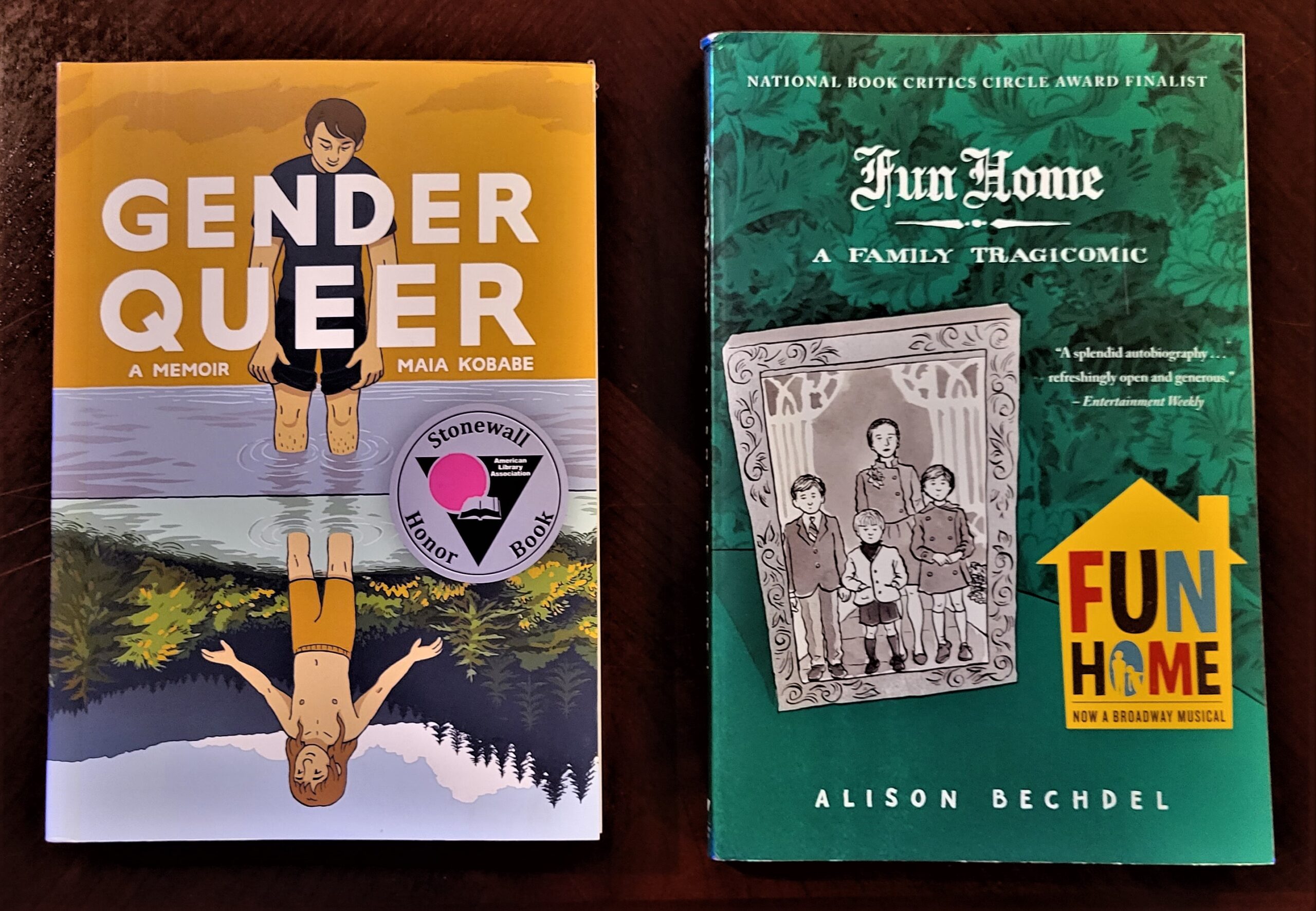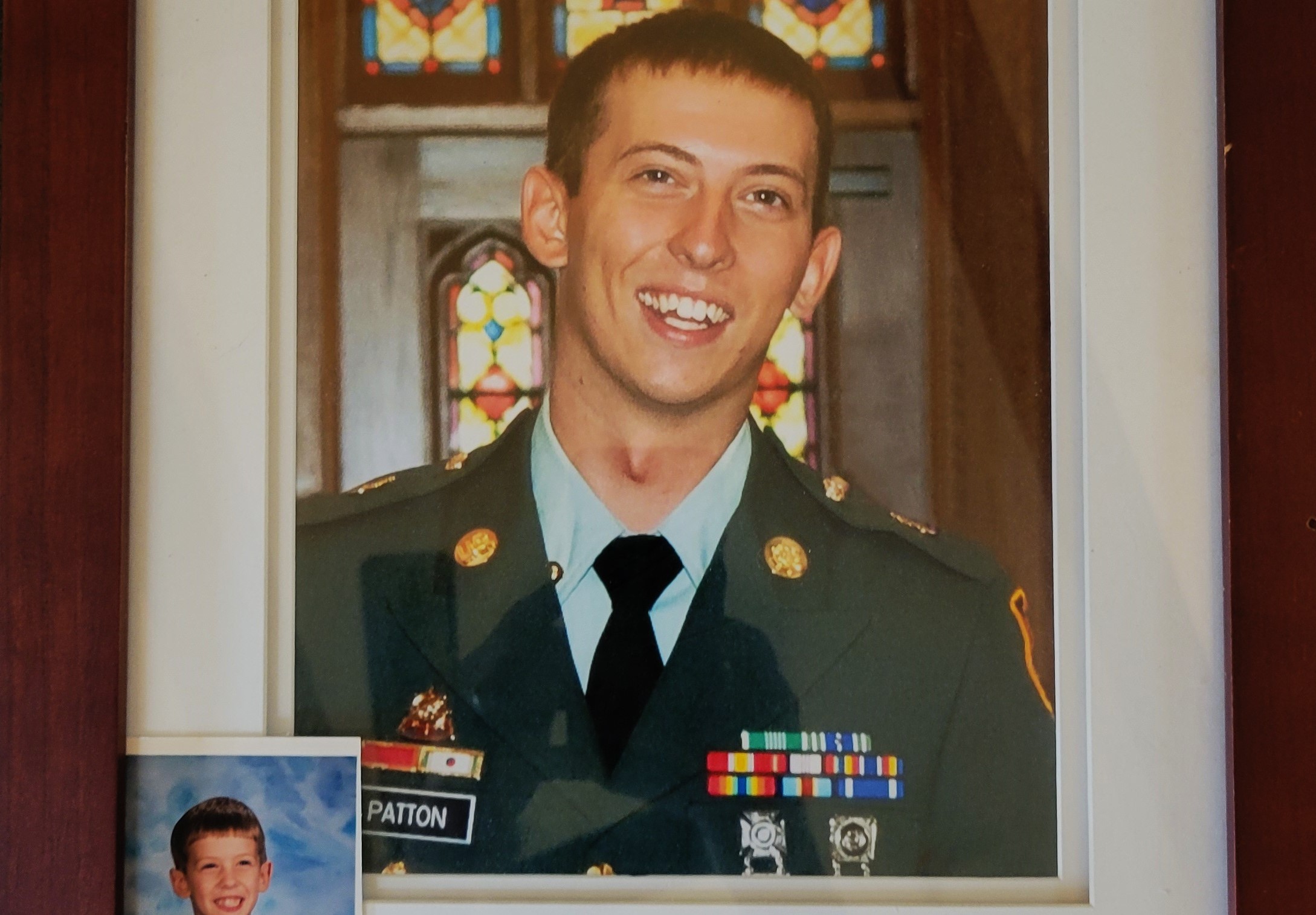With swastika-defaced properties, antisemitic graffiti and propaganda, verbal harassment, and heightened police presence at large Jewish communal gatherings, antisemitism is impacting the Ocean State, where 18,750 Jews represent 1.7% of the population. The state’s most publicized local antisemitic actions include a sickening Anne Frank meme posted on a Tiverton restaurant’s Facebook page and an expletive- and threat-filled note left at Brown RISD Hillel Center.
Fortunately, the Rhode Island Jewish community has not experienced the violence that has occurred in other venues, such as the murders of 11 Jews at the Tree of Life Congregation in Pittsburgh in October 2018; the repeated stabbing of a rabbi in Boston in July 2021; or the shooting of two Jewish men near a Los Angeles synagogue, in February 2023.
Nevertheless, there is cause for deep concern. The March 2023 Anti-Defamation League’s (ADL) Audit of Antisemitic Incidents 2022 data reveal 19 antisemitic acts in Rhode Island. They include 14 acts of vandalism––such as swastikas carved into buildings or trees – and five acts of harassment, such as hate mail and distribution of propaganda flyers. In 2021 in Rhode Island, there were 17 such incidents, many of which are likely to have been witnessed by more than any single individual. The ADL’s mission is to stop the defamation of the Jewish people and to secure justice and fair treatment for all.
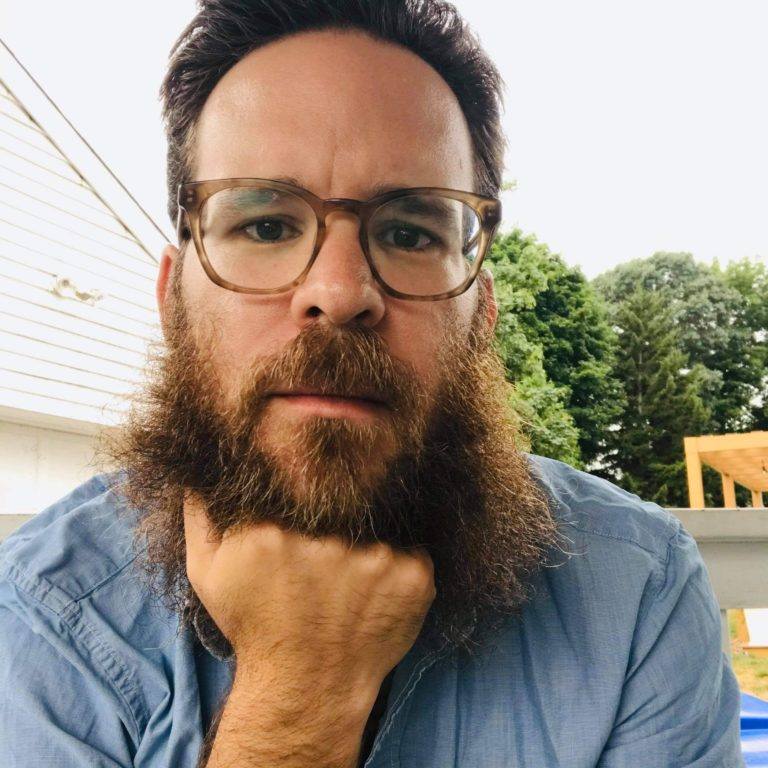
“Issues of antisemitism are obviously pervasive, persistent and real across the country, and Brown and RISD are not exceptions to that… it’s not our sense that what’s happened here is more than what’s happened at other places,” says Rabbi Josh Bolton, executive director of Brown RISD Hillel. Along with last fall’s antisemitic note left at the Hillel Center, two swastikas and antisemitic graffiti appeared on the Brown University campus last year. Many colleges and universities across the country have a Hillel, which is the center for Jewish life on campus; the Brown RISD Hillel serves both Brown University and the Rhode Island School of Design.
Those reported incidents may not tell the entire story. Some schools or communities don’t want the reputation of being a place where antisemitism is occurring, says Peggy Shukur, ADL’s New England regional interim director.
“They sweep it under the rug, without recognizing the harm that occurs to the community,” she says. The hate “is there, whether you want to call it out or not. When it’s called out, the people who are victimized are seen. It’s isolating to be a victim of antisemitism or hate [if] the community doesn’t see it or see you.”
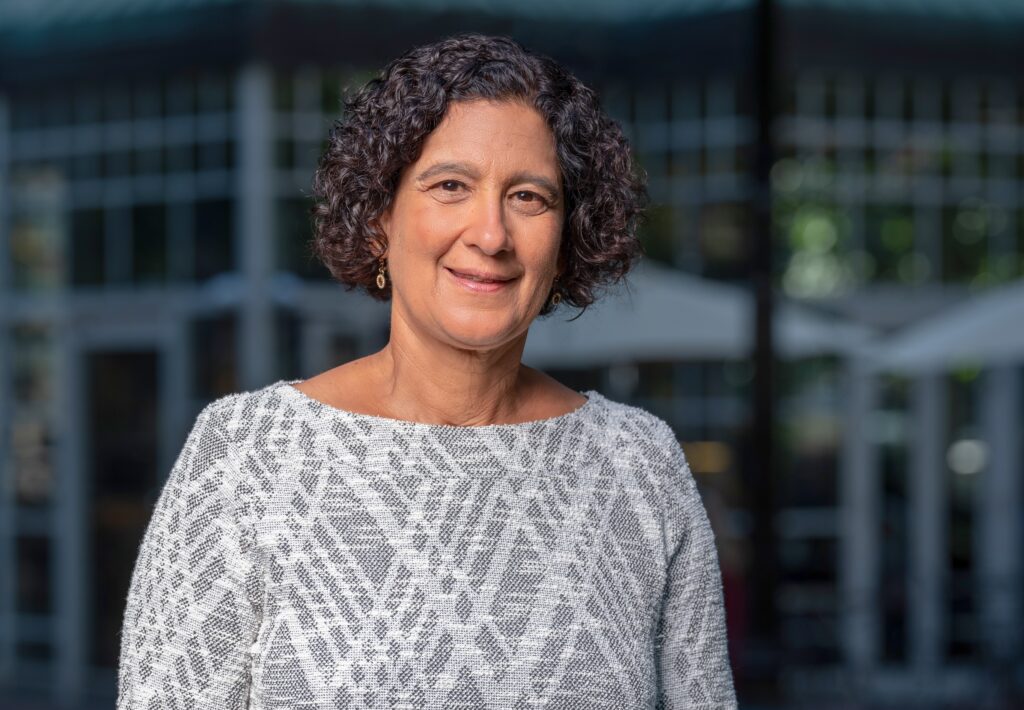
In Rhode Island in 2022, five antisemitic acts were attributed to the Goyim Defense League (GDL), an antisemitic group asserting, among other falsehoods, that the Holocaust is a Jewish lie, Jews were responsible for the 9/11 terrorist attack, and Jews have outsized power over the economy and the government. Another incident was attributed to NSC-131, a New England-based neo-Nazi group with small chapters. The ADL describes GDL, here, and NSC-131, here.
While these and other hate groups intend to intimidate and inspire fear, Adam Greenman, chief executive officer of the Jewish Alliance of Greater Rhode Island (“Alliance”), also worries about social media, where kids see antisemitic messages, including from such national figures as rapper, singer and songwriter Ye (Kanye West) and Dallas Mavericks’ star player Kyrie Irving. Noting multiple incidents in local schools where students have said, ‘Kanye was right about the Jews,’ Greenman says, “Students haven’t fully developed the critical thinking skills to filter what’s right and what’s wrong.”
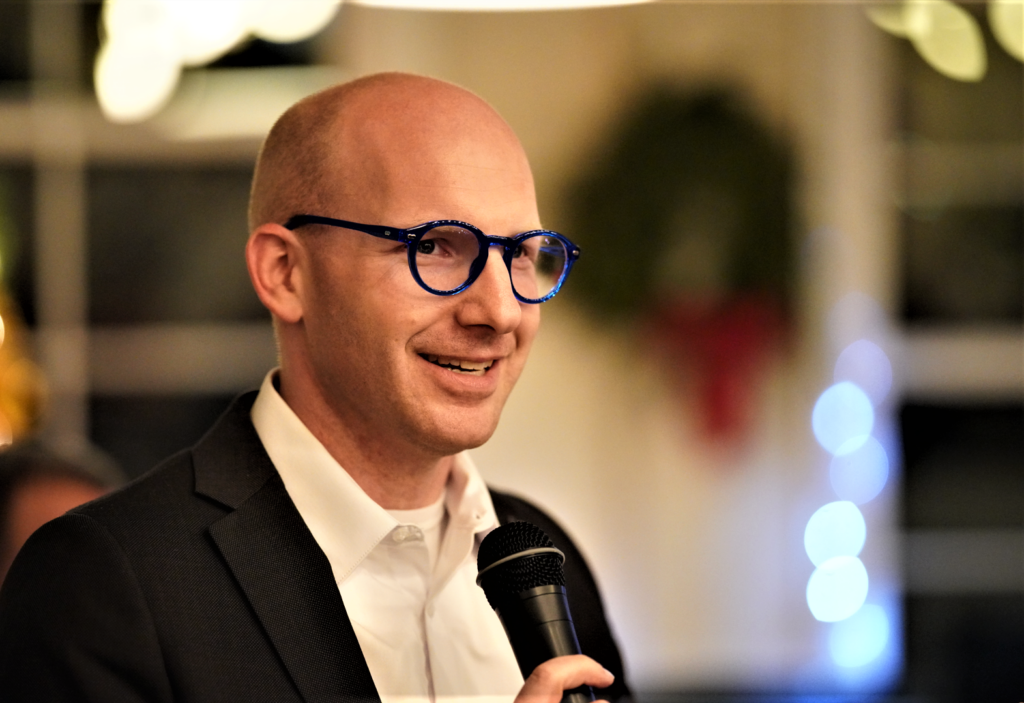
The impact of Ye, who has some 30 million followers on Instagram and Twitter (both of which have suspended him for his antisemitic rants), is truly disturbing. His words are “manna from heaven for white extremist groups,” says Shukur. There’s a “whole movement that has embraced ‘Ye Is Right.’ The power of his celebrity and reach is evidenced in the many incidents of elementary students writing or chanting, ‘Ye Is Right.’”
The ADL data include incidents of harassment, vandalism, and assaults, which are first thoroughly assessed and evaluated by ADL staff to evaluate whether the incidents should be included in their audits. ADL’s audits do not include acts or statements taking place privately, instances of alleged religious discrimination, or anti-Israel/anti-Zionist protests.
In contrast, the Alliance maintains the Antisemitism Tracker – a voluntary self-reporting tool where individuals may report antisemitic experiences. In 2022, there were 34 reports, and 12 in 2021; occasional reports come from Seekonk, MA or other nearby Massachusetts communities.
“We have to be careful about data; with more reports [of incidents], there’s more comfort [in reporting],” notes Greenman. “No incident of hate should go unknown; if you see something, say something.”
At Brown, where a working group to address antisemitism was recently established, Bolton says, “Students are not reactive; they are determining what kind of community they want to build. [Brown] has been extremely supportive of the growth of Jewish student life… the Jewish community is a place today that reflects optimism and hope about the present and future Jewish community.”
Nationally, the rise in antisemitism is striking. ADL’s most recent tabulation, which captured incidents occurring in 2022, identified 3,697 antisemitic incidents throughout the United States. This represents a 36% increase from 2021’s 2,717 incidents — and the highest number on record since ADL began tracking antisemitic incidents in 1979. This is the third time in the past five years that the year-end total has been the highest number ever recorded, the ADL reported.
Concurring with Greenman and Shukur, Wendy Joering, executive director of the Sandra Bornstein Holocaust Education Center in Providence (“SBHEC”), attributes much of the uptick in antisemitic actions to entertainers and other public leaders’ deeds and words.
“When they say something antisemitic or bigoted, people follow them and act on it. During the pandemic, many people were online [constantly] and some lonely people got caught up in [antisemitism],” she says. “They want to be accepted and find a group to join and act.”
“Being from the South, I experienced explicit antisemitism. I thought New Englanders would be much more buttoned up [about their views], but that’s not the case,” explains Rabbi Preston Neimeiser, of Temple Beth-El, Rhode Island’s largest Reform synagogue.” That is why the young rabbi takes students, parents, and teachers to the SBHEC, and spoke recently to high school freshmen at World Culture Day at Providence Country Day School about bias, prejudice, and antisemitism.
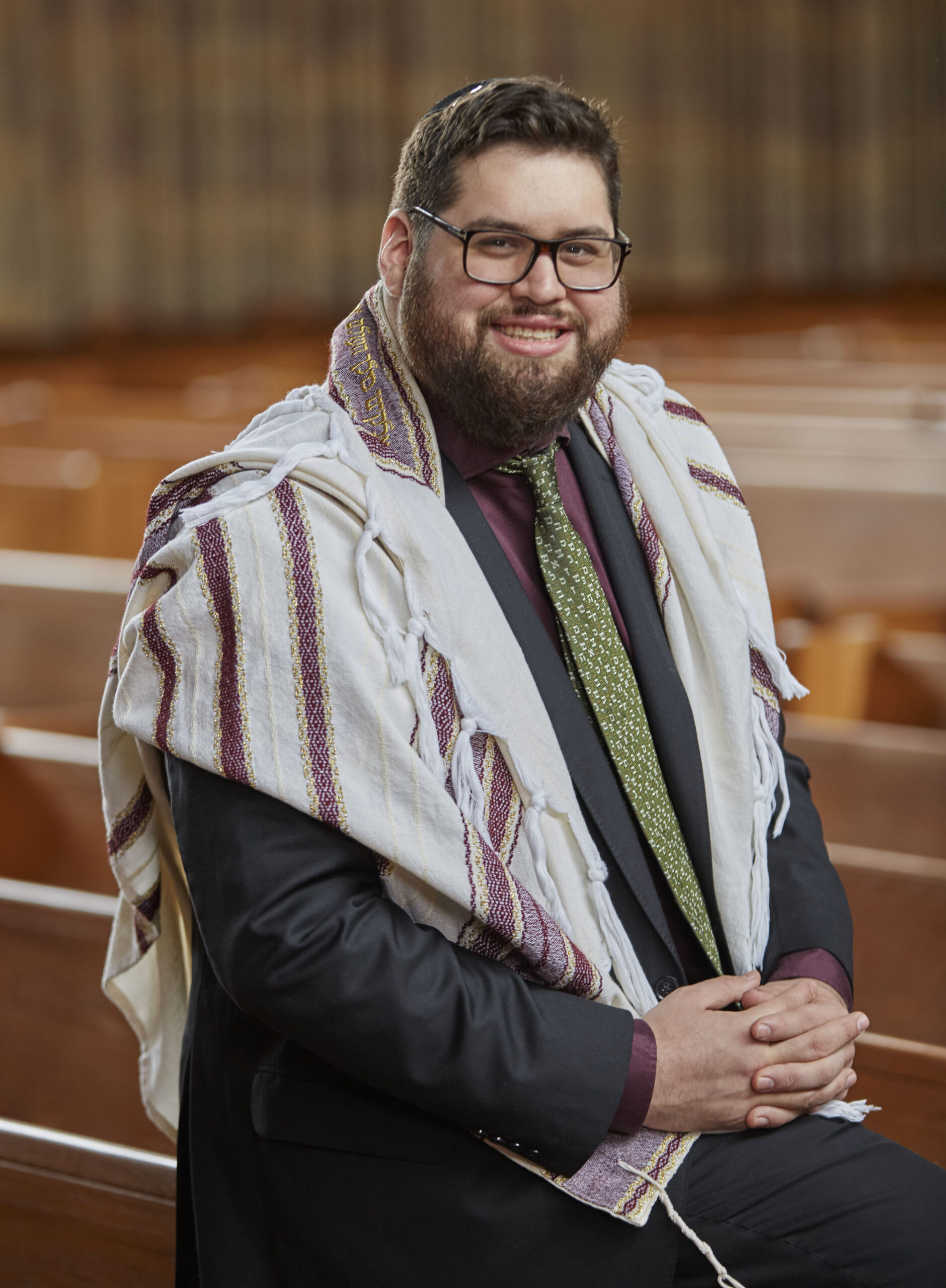
Neimeiser described antisemitic acts at Rhode Island schools, including a swastika carved into a bathroom stall, a student giving a Nazi salute and another student telling a fellow Jewish student that Jews have no right to exist. “We make the shidduch [partnership; marriage] between the [SBHEC] and school districts across the state,” he explains. “We want to give teachers the space to say what happened, and we … can run a program for them.”
In 2017, a string of bomb threats against Jewish Community Centers (JCCs) across the country, including the JCC in Providence, led the Rhode Island Jewish community to develop a statewide strategy. Synagogues and other Jewish facilities implemented increased security measures and the Alliance has provided – and continues to provide – resources to support such protective measures.
“Finding that balance of living our values of welcoming the stranger with our need to be safe and secure is a challenge for Jewish communities across millennia,” says Greenman. “We’re not immune.”
Will education change the dynamics?
“Educate, educate, educate…about the Holocaust and all genocides,” says Joering. Through the SBHEC, five Holocaust survivors, including two who were born in displaced persons’ camps post-World War II, and eight immediate relatives of survivors have told or will tell their relatives’ Holocaust experiences. Their visits are primarily to middle and high school students across the state. “They want to make sure that these stories are never forgotten.
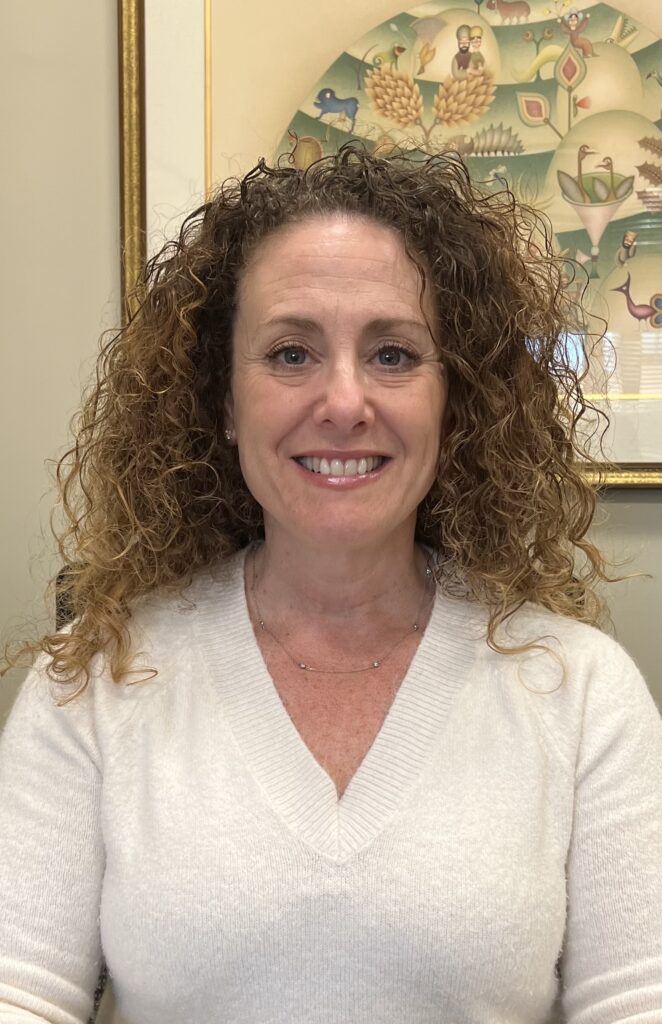
“You can’t blame … a student if they’ve never been taught about [the Holocaust] at school or at home; this education should be mandated in every state. “We’re fortunate that Rhode Island requires this education.” Hearing from survivors is so much more real than reading about it in a textbook,” Joering adds.
“The greatest opportunity is with K-12 [students],” concurs Greenman. “If we can teach them now why [antisemitism] is bad, it will solve lots of things down the road, rather than trying to reform a white supremacist.”
Rhode Island may be among a minority of states mandating Holocaust and genocide education for middle and high school students. The United States Holocaust Memorial Museum has identified 23 states that have submitted their required Holocaust education curricula to the museum, while acknowledging that some states may not have submitted their curricula.
Will education help resolve the lack of knowledge and reduce antisemitism?
Perhaps time will tell: ADL’s Antisemitic Attitudes in America: Topline Findings, published in January 2023, indicates that 20% of Americans believe six or more antisemitic tropes. A 2019 Pew Research Center survey revealed that fewer than half of the surveyed adults correctly answered multiple-choice questions about the number of Jews murdered in the Holocaust or how Adolf Hitler came to power. The survey analysis found that higher education, visiting a Holocaust museum, and knowing someone who is Jewish are strongly linked with Holocaust knowledge.
“Bridge-building is our main tool for fighting antisemitism today,” asserts Neimeiser, who attends the Rhode Island Commission on Prejudice and Bias meetings “to be in community with others who are dissimilar to me and who have experienced bias.”
Greenman, too, wants our Jewish community – as individuals and as groups – to create relationships with churches, mosques and other communities, faith-based or not. “When you have a personal relationship with someone, it’s harder to stereotype and harder to hate,” says Greenman, who wants Jewish communities to celebrate Jewish joy with others. “We can’t be defined by those who hate us.”
At the ADL, COMBAT Plan (Condemn antisemitism, Oppose hate and extremism driven by antisemitism, Make communities safe from antisemitism, Block antisemitism online, Act against global antisemitism, and Teach about antisemitism) is a six-pronged approach that the organization offers to public policy and government officials to fight antisemitism[WM1] [WM2] .
Hopes and fears?
Joering finds hope in seeing students’ reactions to presentations from Holocaust survivors’ presentations, including the two Jewish sixth-graders who plan to volunteer weekly at the SBHEC, which has partnered or will partner with victims of the Cambodian and Armenian genocides. “They are the future [of this work], they are the generation that can help change the curve and help educate others,” she says.
Greenman, too, finds hope in the next generation who is “passionate about inclusivity and openness in a way we can all take a lesson from.” After being on the receiving end of an antisemitic slur, a local Jewish middle school student experienced loving support and kindness from fellow students who promptly shut down the hateful language.
While Greenman fears that too little condemnation of antisemitism can normalize bigotry and hate, he believes it’s a great time to be Jewish in America. “We don’t face the same level of discrimination that our parents, grandparents, and great-grandparents faced,” he says. “I’m proud of the fact that, at our Dwares JCC [part of the Alliance, a nonprofit organization that provides social, educational, childcare, and fitness services to members of the Jewish community and other communities], 50% of our members are not Jewish. They want to be part of [our community].”
Calling individuals who disseminate antisemitic flyers or yell slurs, “cowards,” Joering adds, “The Jewish community is strong and resilient.” Of the many multicultural partnerships or organizations in which she participates, she says, “We all stand up for each other.”
On March 30, Joering was at the Rhode Island Statehouse to observe the State Senate and General Assembly pass resolutions proclaiming April to be “Holocaust & Genocide Awareness Month” in the State of Rhode Island.
“I’m not worried that antisemitism will wipe us off the face of the earth; we’re resilient and strong,” says Neimeiser. “What worries me is that we’ll allow antisemitism to push us back into the shtetl (Jewish ghetto). We live in the world and we have to show up together for the work of solidarity and justice.”
For those who wish to learn more, Neimeiser says, “I think everyone should read Antisemitism Here and Now, by Deborah Lipstadt and Maus: A Survivor’s Tale, My Father Bleeds History, by Art Spiegelman, a graphic novel about his father’s Holocaust experiences.

